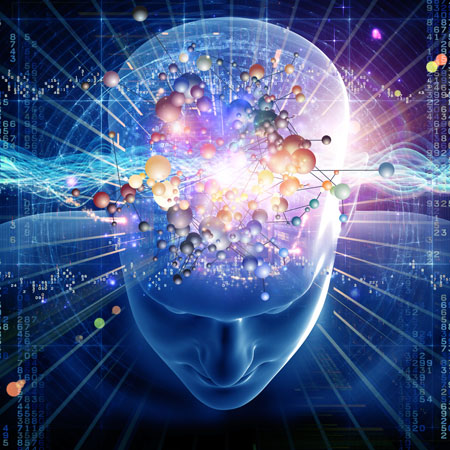

Explore the neural basis of cognitive processes related to problem solving and creative thinking, using realistic neural models of cortical function.
Computational modelling has an important part to play in answering questions about creativity and cognition. In this project, I am using biologically inspired neurocomputational models to investigate the cognitive processes and possible neural mechanisms underlying intelligent behaviour, specifically focussing on memory manipulations in problem solving tasks.
University of Waterloo, Canada (12 months: Cogntive Modelling)
Ivana Kajić started a new position at CNRG (University Waterloo) in August 2016.

Thomas Wennekers, Giorgio Ganis (Plymouth University), Haline Schendan, Terry Stewart (University of Waterloo)